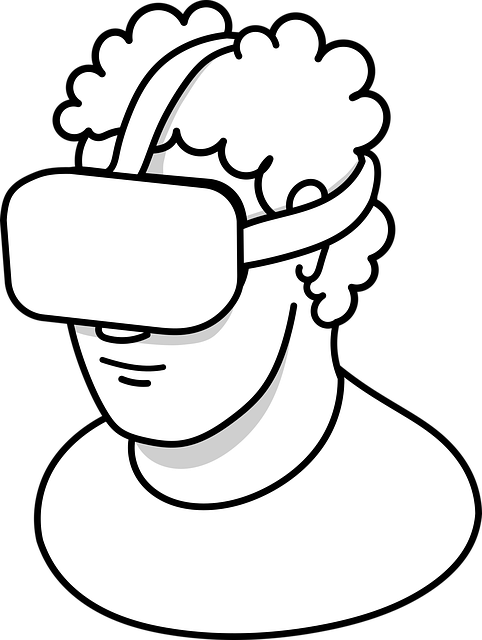The real estate industry has undergone a significant digital transformation, allowing remote property viewings through advanced virtual reality technologies and online platforms. This shift enables global buyers to explore homes from anywhere, breaking geographical barriers and enhancing the home-buying process. By offering immersive 3D tours, high-def photos, and interactive maps, agents democratize property investment opportunities while facilitating informed decision-making, market analysis, and social distancing practices. Despite challenges like time zone differences, advanced technologies are paving the way for international buyers to secure their dream homes remotely.
In today’s digital age, the real estate industry is experiencing a paradigm shift with remote property viewings gaining traction. Potential buyers can now explore homes globally, any time, without physical presence. This transformative trend, driven by technology, offers unprecedented access and convenience. However, it also presents challenges in terms of authenticity and trust. The article delves into these aspects, exploring the benefits and drawbacks of remote real estate transactions while discussing how technology is reshaping this dynamic sector.
The Rise of Remote Property Viewings: A New Normal in Real Estate

The real estate industry has undergone a significant transformation with the advent of remote property viewings, becoming a new normal in today’s digital era. Potential buyers can now explore properties from the comfort of their homes, eliminating geographical barriers and revolutionizing the traditional home-hunting experience. This shift is particularly notable among tech-savvy folks who appreciate modern conveniences and efficiency.
With virtual reality technologies and advanced online platforms, remote property viewings offer a seamless and immersive experience. Real estate agents can showcase properties in 3D, allowing buyers to navigate through homes virtually, inspect every detail, and even visualize their own possessions within the space. This innovative approach has become especially valuable during global events that restrict physical access, ensuring the continuity of real estate transactions.
How Technology Enables Potential Buyers to Explore Properties Globally

In today’s digital era, technology has revolutionized the way potential buyers explore real estate globally. Online platforms and virtual reality tools allow prospective investors to tour properties from the comfort of their homes, transcending geographical boundaries. This shift has democratized access to the market, enabling individuals worldwide to discover and invest in diverse real estate opportunities without physical presence at each location.
Innovations like 3D tours, high-definition photos, and interactive maps provide a comprehensive view of properties, enhancing decision-making processes. Real estate agents now leverage digital marketing strategies, virtual showings, and data analytics to cater to this remote exploration trend. Consequently, buyers can identify desirable locations, analyze market trends, and make informed choices regarding investments, all while maintaining social distancing and minimizing travel.
Benefits and Challenges: Shaping the Future of Remote Real Estate Transactions

The rise of remote work has significantly influenced the real estate industry, opening up new possibilities for potential buyers. One of the most notable advantages is the ability to explore properties from anywhere in the world at any time. This flexibility benefits both buyers and sellers; buyers can view multiple listings efficiently, while sellers gain access to a broader market. With virtual tours, 3D models, and detailed online property descriptions, remote real estate transactions are becoming increasingly feasible.
However, challenges exist in this new landscape. For instance, the lack of physical presence during viewing can hinder a comprehensive understanding of a property’s layout and features. Additionally, time zones may pose difficulties in coordinating virtual showings, especially for international buyers. Despite these challenges, the real estate sector is adapting by implementing advanced technologies to bridge the gap between remote exploration and on-site visits. These innovations are shaping a future where global buyers can make informed decisions about their dream homes without ever leaving their current location.






